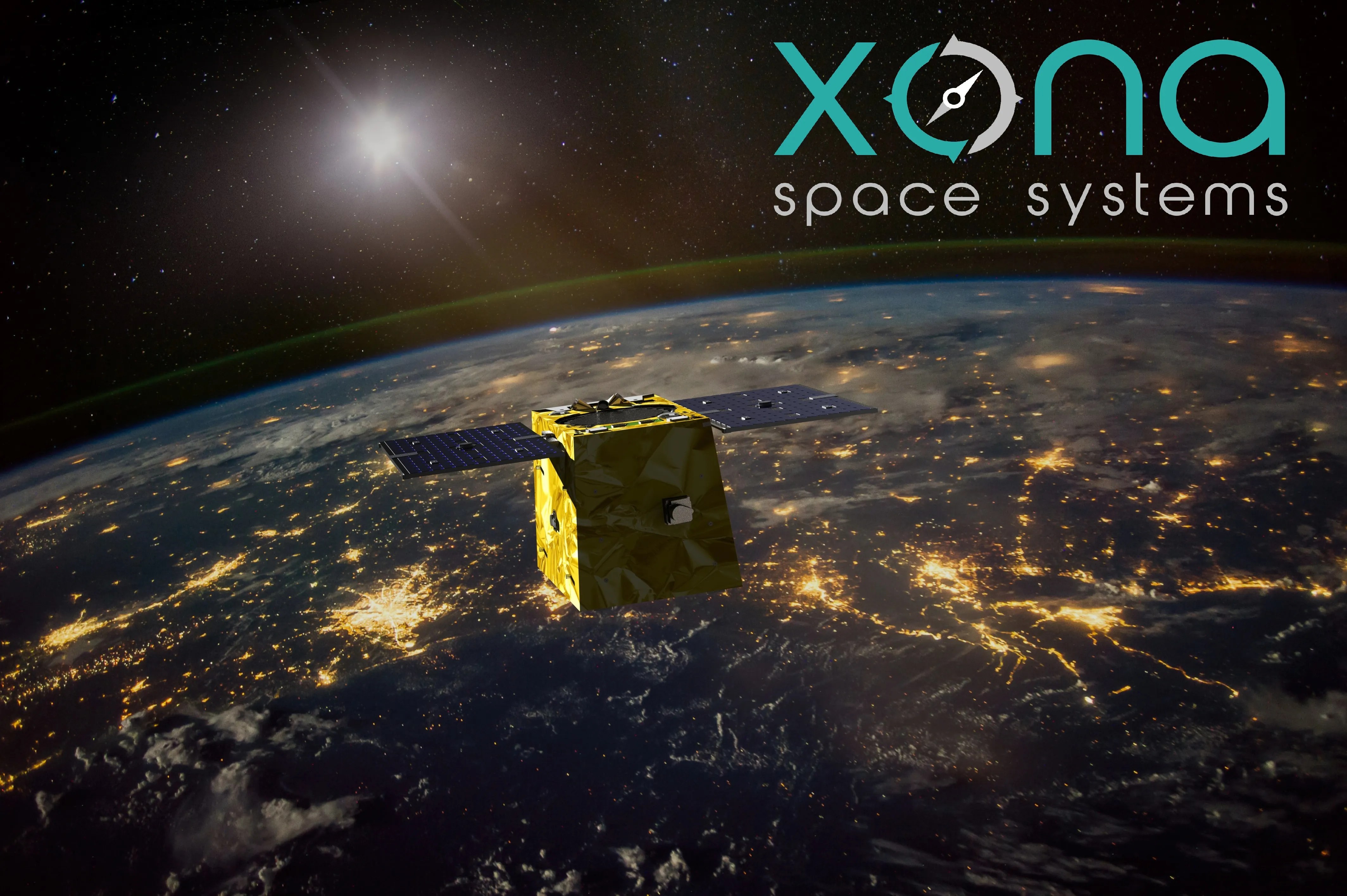Xona Space Systems closes $19M Series A to build out ultra-accurate GPS alternative | TechCrunch

🌈 Abstract
The article discusses Xona Space Systems, a startup that plans to launch a satellite constellation in low Earth orbit to provide a commercial alternative to the Global Positioning System (GPS). The key points are:
- GPS has maintained a monopoly on positioning, navigation, and timing, but Xona believes a more accurate system is needed for autonomous vehicles, advanced robotics, and other 21st-century technologies.
- Xona's "Pulsar" network aims to offer more accurate geolocation data at a potentially lower cost than GPS.
- Xona's approach involves using a "cloud architecture for atomic clocks" to dramatically reduce the cost of each satellite while still providing higher accuracy.
- Xona has already launched a demonstration satellite and plans to launch its first production-class satellite in 2025, with a goal of eventually deploying a 300-satellite constellation.
- The company has designed its signal to be backwards compatible with many existing GPS chipsets, requiring only a firmware update.
- Xona has raised $19 million in a Series A funding round to support the development of its satellite system.
🙋 Q&A
[01] Xona's Approach
1. What is Xona's approach to building a GPS alternative?
- Xona is taking a more "SpaceX-like" approach compared to the traditional government contracting mentality behind GPS.
- Xona's "Pulsar" network is built on a patented "cloud architecture for atomic clocks" that dramatically reduces the cost of each satellite while still providing higher accuracy than GPS.
- Xona plans to launch a constellation of 300 satellites, with the first production-class satellite launching in 2025.
2. How does Xona's approach differ from the current GPS system?
- The 31 GPS satellites are "exquisite, ultra-expensive, and synchronized with nanosecond precision using massive on-board atomic clocks."
- In contrast, Xona's approach aims to provide orders of magnitude higher levels of accuracy (several centimeters rather than meters) at a lower cost per satellite.
3. How is Xona's signal designed to be compatible with existing GPS chipsets?
- Xona has designed its signal to be backwards compatible with many existing GPS chipsets, requiring only a firmware update to access the encrypted Pulsar signal.
[02] Market Opportunity
1. What is the market opportunity that Xona is targeting?
- Xona believes there will be a huge market for advanced positioning, navigation, and timing services due to the rise of autonomous vehicles and other emerging technologies.
- The article notes that "outages could cause incalculable damage to the global economy, while enhancement opens up whole new industries," highlighting the importance of a reliable and accurate positioning system.
2. How does Xona plan to compete with the free GPS service?
- While GPS is a free service, Xona is convinced that there will be significant demand for a more accurate and reliable positioning system, especially as autonomous vehicles and other advanced technologies become more prevalent.
3. What is Xona's funding status?
- Xona has recently closed a $19 million Series A funding round led by Future Ventures and Seraphim Space, with participation from other investors.
- This funding will be used to launch the first production-class satellite and build out the ground segment to support the Pulsar network.
Shared by Daniel Chen ·
© 2024 NewMotor Inc.